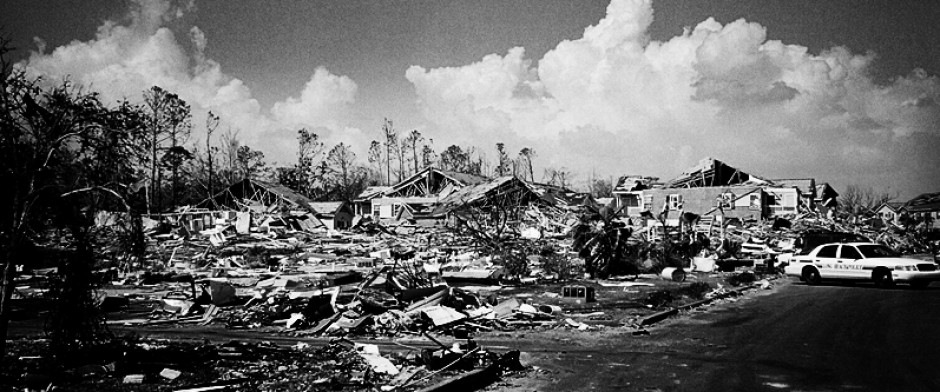Getting rounds on target while the wind works against you is not the easiest of challenges to overcome. Doing so becomes more difficult when using a relatively small cartridge like the Remington .223 or its military brother, the 5.56 mm NATO. Fortunately, this author has spent hundreds of rounds and countless hours figuring out the basics of dealing with wind and will share that info below. The dark art and science of compensating for the effects of wind can be extremely complex and is full of opinions along with facts. To simplify this complexity, the 5.56 mm NATO AR-15 will be our reference firearm.
The first step in overcoming the effects of wind is to learn about your chosen ammunition and how your firearm works with it. For example, 55 grain .223 caliber Remington and PMC ammo will will perform differently even if fired through the same rifle. This difference has many causes, fortunately we don’t need to jump into that tar pit. The ‘American Eagle’ 62 grain 5.56 mm cartridge will be our reference cartridge.
Learning how this ammo and firearm work together has been simplified thanks to digital ballistic calculators. My favorite calculator is run by Hornady and is free to use on their website. This calculator, and others like it, will ask you for data such as your ammunitions muzzle velocity, ballistic coefficient, and bullet weight. Hairs can also be split for those of us desiring greater precision. In this case one can input data like wind speed, temperature, altitude, barometric pressure, blood type, SSN, and more.
Providing a calculator with enough info will result in a chart or list detailing ammunition performance and how much effect the wind has on it at ‘x’ distance.
The calculator will NOT read ‘at 500 meters the wind will blow your bullet 11 inches left or right.’ It will read something similar to ‘500 meters…5 mph wind…3.75 MOA.’
This means that a target 500 meters away with a 5 mph wind perpendicular to your firing position/target line will require an adjustment of 3.75 minute of angle.
Readers who survived Marine boot camp may recall their range data book. This small green book took the mysterious “MOA/minute of angle” data and translated it into “click’s” on the M16 windage knob. The term ‘click’ is used because turning the windage knob produces audible clicks. Converting from MOA to clicks on iron sights requires simple division, see your rifle/carbine manual to find its MOA per click.
In no time you will have a personalized chart worth it’s weight in gold. The example below shows how many clicks of windage are required to compensate for bullet deflection over various distances for a specific ammo/firearm combination.

Now the easy part, estimating wind speed. This part is so easy that it will only cost you a few hundred rounds and countless days at the range, yay! Reading this wont do much for you in terms of learning how to ‘call’ or ‘dope’ wind speed. You must go out and practice to get anywhere, but here are a few pointers:
A 3 MPH wind will be hardly felt on your face
A 5 MPH wind will be noticeable on your face and leaves will rustle
A 10 MPH wind will kick up dust
A 100 MPH wind will toss you around, stop shooting, go home.
*Beware, wind speed at the shooting position may not equal wind speed down range, it’s only a starting point.
Take a shot at calling the wind. It’s safe to assume that you will overestimate the wind at first. Next find the intersection of your target distance and wind velocity on your snazzy little chart. If the wind is perpendicular between you and your target (from 3 or 9 o’clock) then apply the number of clicks indicated, this is called a ‘full value’ wind. If the wind is blowing at a 45 degree angle (from the front or rear) then apply half the stated clicks, this is called a ‘half value’ wind. A wind direction that is head on is called a ‘head wind’, duh. A wind direction from behind you towards the target is called a ‘tail wind’. Head and tail winds require no windage and elevation corrections for iron sight AR shooters at 500 m or less, unless you want to be extremely technical. What about a wind direction that is less than 45 degrees but more than a head or tail wind? One can treat them as 1/4 values, but can also ignore them if using AR irons as they prohibit long range shooting where this would be an issue. These finer points will affect the long range (aka 1000 meter) shooter, more on that later.
This article is only the ‘tip of the iceberg’. One needs a solid grasp of basic topics like trigger control, natural point of aim, sight alignment, zeroing, focusing, and more to achieve good results. Getting lead on a 12×20 inch target at 500 meters against wind with iron sights is easy, if you practice. Grab a buddy, head to the range, and be safe.


